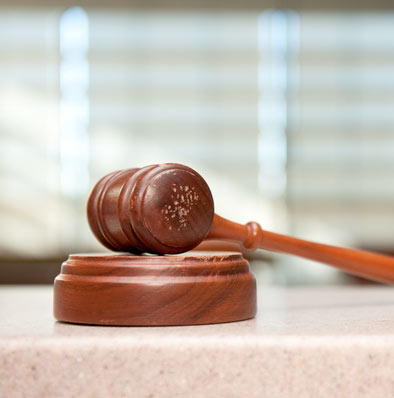Establishing liability is a factor of significance in a personal injury claim. It is not possible to pursue a claim without proving another entity or person to be responsible for injuries you suffered. “Comparative negligence laws” or “Comparative fault laws” are a specific set of rules for liability, which exist within Washington State as well as in other states.
Importance of “Comparative”
Comparative negligence restricts the damages you as an accident victim could recover based on your having contributed towards your injuries. However, it is challenging to determine each party’s level of negligence in comparative negligence. Though the general concept is sensible, determining how each party much is each party contributed towards his/her own injuries in any type of accident is not easy.
The United States has FOUR different comparative negligence variations. These include the following:
Pure Contributory Negligence
This is a system that applies to victims within Washington. It as well exists in Arizona, Alaska, Kentucky, Florida, California, Louisiana, Mississippi, New York, New Mexico, Missouri, South Dakota, and Rhode Island. Pure contributory negligence makes it possible for a judge or the jury to establish the percentage of responsibility a party may be assigned to if any. Such a percentage number then determines the total damages recoverable.
Pure Comparative Negligence
This is the system applied to victims of accidents within Virginia, Maryland, Alabama, North Carolina, and Virginia. Pure comparative negligence is quite a harsh system in this way: an individual who has been found to have made a contribution towards their own injuries in whatever way is disqualified from receiving damages for injuries as well as losses they have suffered. For instance, a car accident victim found to have been 2 percent at fault will lose the case against the driver responsible for the accident.
Modified Comparative Negligence
50% Bar Rule- 12 States follow this system including Colorado, Idaho, Georgia, and Maine among others. The system is a little bit more lenient to accident victims. It makes it possible for a victim of an accident to obtain damages for injuries they suffered provided they are found to have contributed less than 50% towards their injuries. This means that an accident victim found to be 50% and above responsible for their own injuries will not obtain damages. However, a victim found to be 49% at fault can receive damages.
51% Bar Rule- The 51 bar rule is followed by 21 States. In this system, a damaged party will not recover if they are 51% or more responsible for their own injuries. However, being 50% or less at fault means that you will be allowed to receive damages. But the degree of default reduces the recovery. States that follow this system include Illinois, Hawaii, Connecticut, Michigan, Indiana, and Montana among others.


